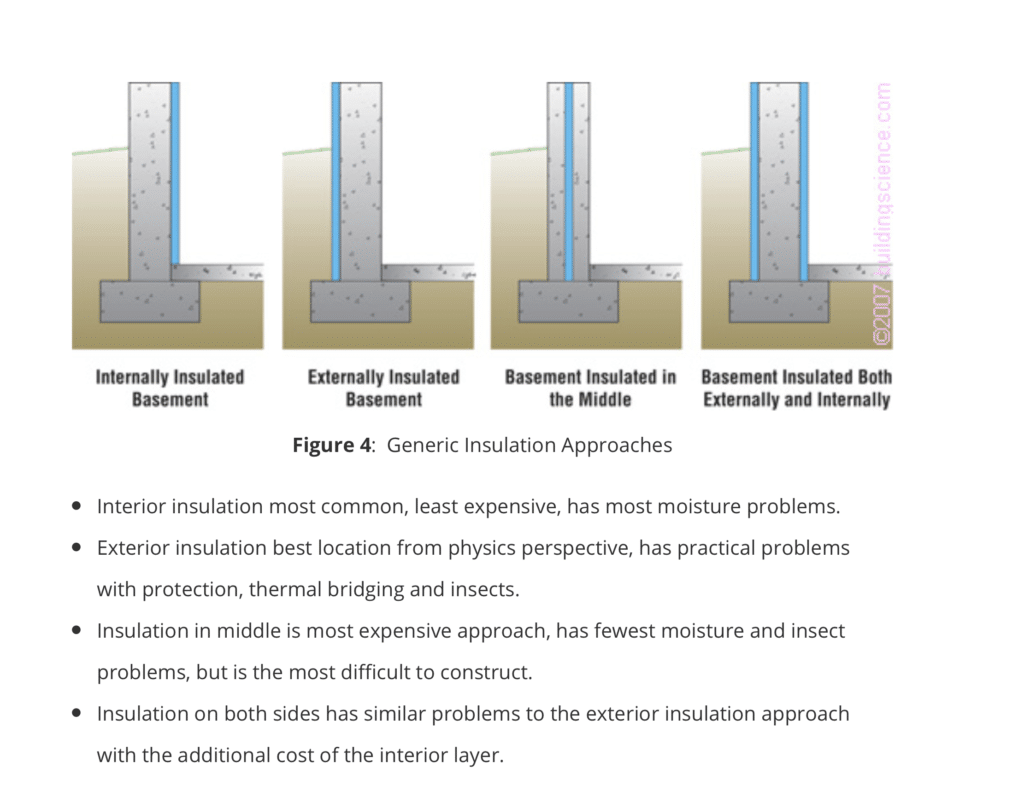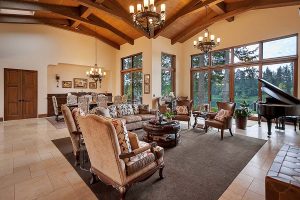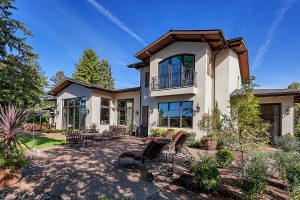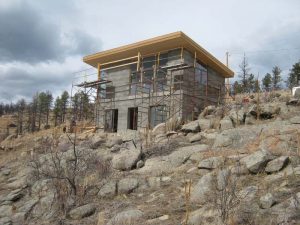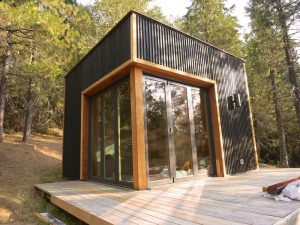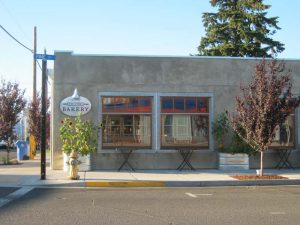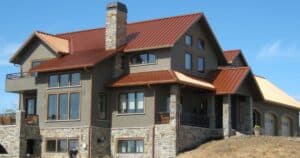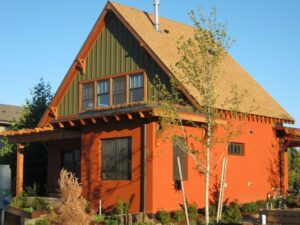We get so many questions about Basements, and how to best insulate them. If you want to go deep on understanding Basement insulation and water and temperature paths, Building Science has done an exceptional job.
Faswall’s system of Natural Insulation for high thermal mass building is even better than these, incorporating insulation into the Faswall Block, preventing conduction and convection leaks.
We’ll share their conclusions and send you over to their site for the full scoop.
https://www.buildingscience.com/documents/digests/bsd-103-understanding-basements
Conclusions
- Liquid and capillary water should be kept out of the basement assembly using:
- surface drainage,
- below grade drainage layers,
- perimeter drains, and
- capillary breaks. Vapor barriers should be located on the exterior of basement assemblies allowing inward drying to the basement space where moisture can be removed by ventilation or dehumidification.
- Soil gas should be controlled by locating pressure fields under and around basement foundations that are coupled to the atmosphere – intercepting the soil gas before it can enter the structure and providing a bypass or a pathway away from the conditioned space.
- If basement wall systems are designed and constructed to dry to the interior – regardless of where insulation layers are located – interior vapor barriers must be avoided. This precludes interior polyethylene vapor barriers installed over interior frame wall assemblies or any impermeable interior wall finish such as vinyl wall coverings or oil/alkyd/epoxy paint systems.
- If an interior insulation layer is used the indoor air should be prevented from reaching the concrete structural wall assembly or rim joist assembly (unless insulated on the exterior) in any significant volume. Rigid foam systems or spray-applied foams are recommended for this purpose, (we recommend Natural Mineral Insulation) because they allow drying, are not sensitive to moisture damage, and do not support mold growth – essential characteristics for all materials which contact the basement wall and basement floor slab.

